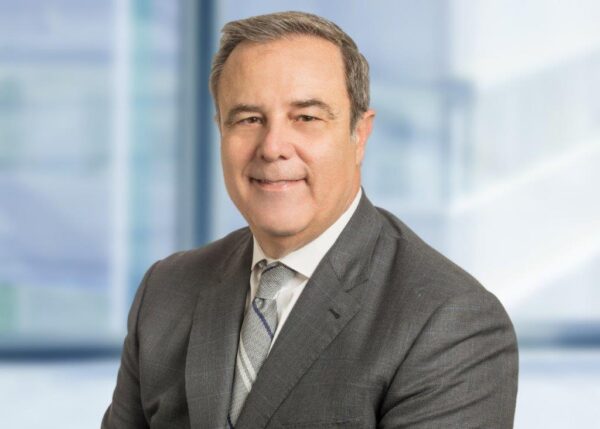Writer: Max Crampton-Thomas
 2 min read April 2021 — Banyan Health Systems is among the only organizations that have integrated primary care with behavioral care, and, in the latter offering, it is preeminent. In an interview with Invest:, President and CEO Vincent Carrodeguas discusses some of the challenges facing behavioral care as it intersects with telehealth, as well as Banyan’s plans for tackling future challenges involving labor shortages.
2 min read April 2021 — Banyan Health Systems is among the only organizations that have integrated primary care with behavioral care, and, in the latter offering, it is preeminent. In an interview with Invest:, President and CEO Vincent Carrodeguas discusses some of the challenges facing behavioral care as it intersects with telehealth, as well as Banyan’s plans for tackling future challenges involving labor shortages.
What differentiates Banyan from its competition?
We’re not your typical healthcare center. We are a community-based, integrated care center. We integrate primary care and behavioral health. This is what sets us apart from the majority of the healthcare systems out there. No one does it to the depth that we do. On the behavioral health side, we perform every service available. There are tremendous advantages there. As well, everyone likes to talk about technology. I’m a big innovator and I push my teams to innovate through problems. That’s how you get the best ideas. With this approach, we actually grew through the pandemic. Other systems experienced some loss and reduction in patients — people not wanting to come into clinics, telehealth not being up and running — but not in our case. So, kudos to the team for innovating and working through all the problems.
Has the move toward telehealth helped behavioral health therapy?
At the end of the day, it’s a mixed bag. In the behavioral health world, one of the biggest challenges is cancellations. People simply avoid coming in when they can, especially if they’re infirm. Now that patients do not have to come in physically, it’s reducing the cancellation rate. But this new reality is not without its limitations. Take adolescents, for instance. Could you imagine trying to provide that kind of remote treatment for a 10-year-old? It’s simply not effective. We do the best we can but face-to-face is ultimately more effective with the young ones, especially now that they’re at home for school all day, their heads sunk into a laptop most of the time. All of this consumes a lot of bandwidth too.
Do you see any way to overcome these problems?
Toward solving these issues, one of our biggest accomplishments this year was the development of our Intensive Telehealth Unit. We were awarded a million-dollar grant by the FCC and, with that fund, we purchased telemetry equipment that we sent out to those of our patients who require intensive monitoring. It sends the data straight from the patient’s home to our monitoring center.
How does demand for behavioral health today compare to pre-pandemic levels?
It’s all over the place. For emergency behavioral health services, it’s through the roof. We’ve been beyond capacity for over six months. Staff burnout is a huge issue here. We’re essentially a behavioral health trauma center and it’s full 24 hours a day. When you go to the outpatient part of our practice, there are components that also have had substantial increase. I would say there has been an increase among those insured patients. But when I go to my indigent patients — who are probably the most vulnerable — I have a decline in services. Why? They’re vulnerable, they don’t want to leave the house, they may not have transportation, they don’t want to get on the bus.
How are you dealing with industry wide staff shortages?
I think in the last 120 days we’ve hired about 75 people. That might not seem like a lot for companies with thousands of people but we’re at about 380 employees. As of right now, we still have 60 open positions, which is an enormous amount given our relatively small size. Most of that is due to the growth we’ve experienced, some of it because of turnover. We’re doing everything we can to engage our employees and keep them engaged. We want to make sure they’re connected and feel satisfied with their jobs. We’re looking at staff salary surveys. This is going to cost us money, there’s no question about that. But it’ll be for the better. People need their benefits, their paid time off. On top of that, we need to invest in good tools. We need to upgrade technology, software. These things will cost money but these are also the things that will help see us through labor shortages.
For more information, visit:
